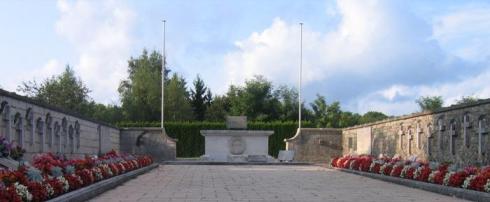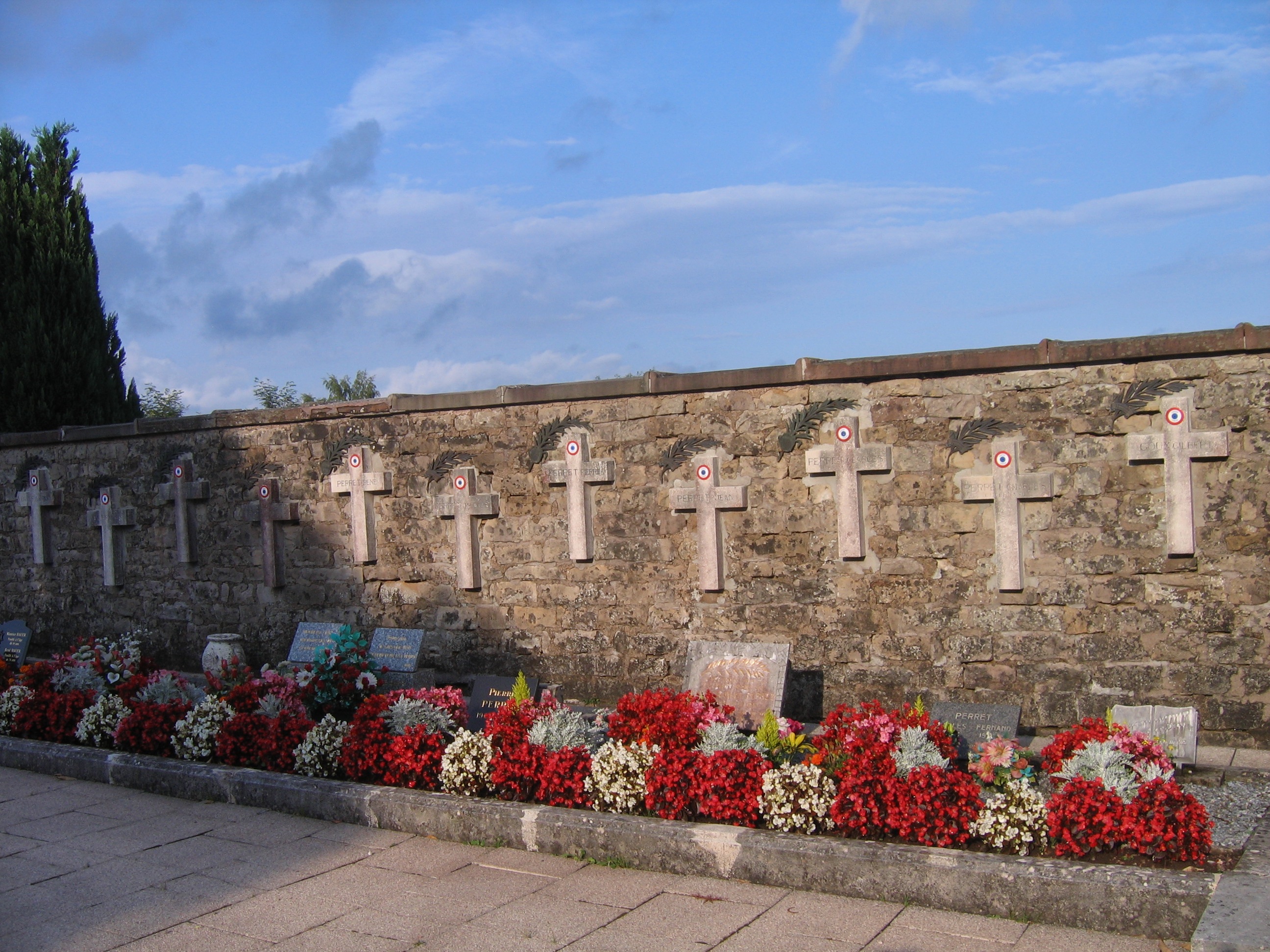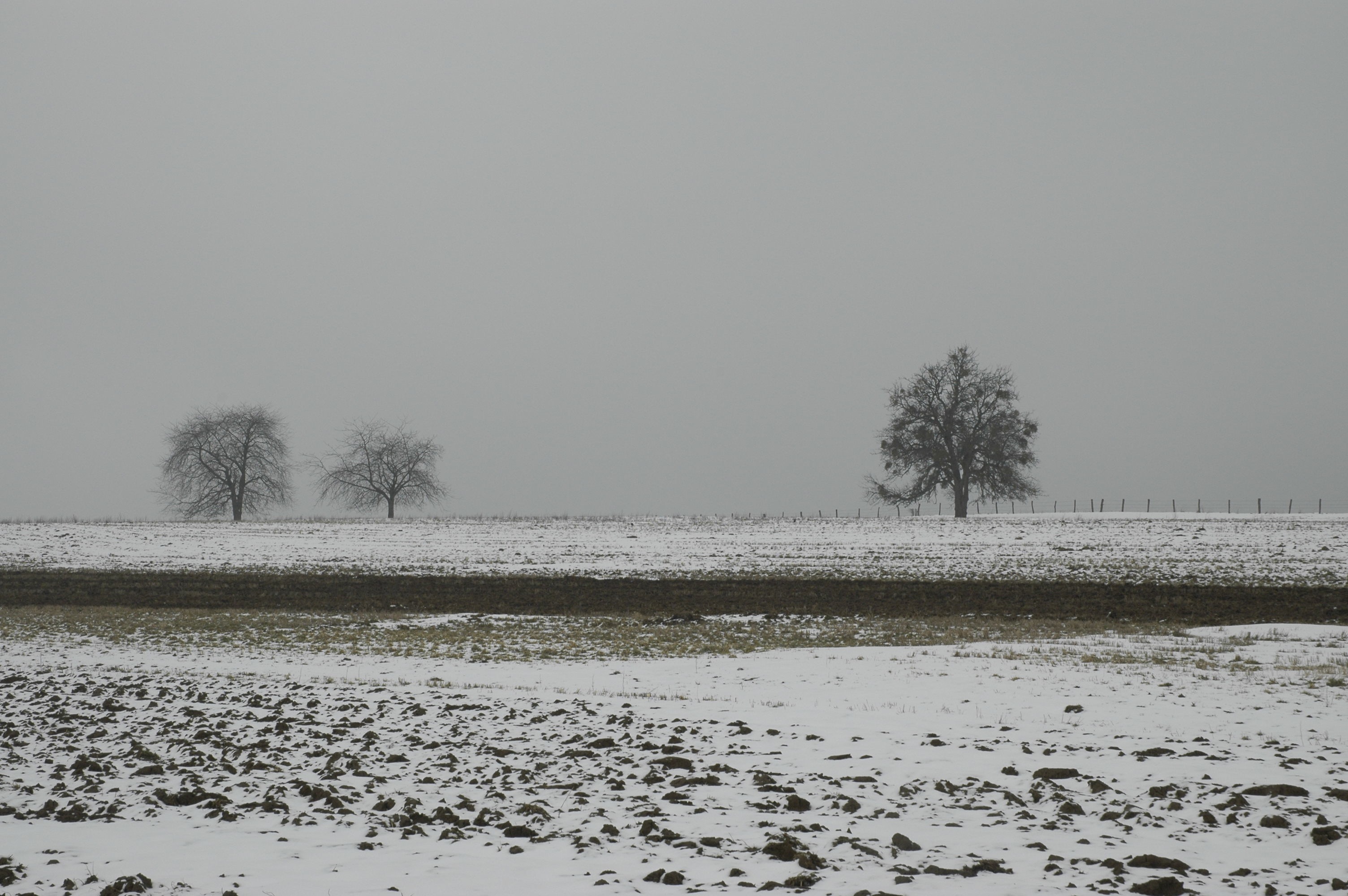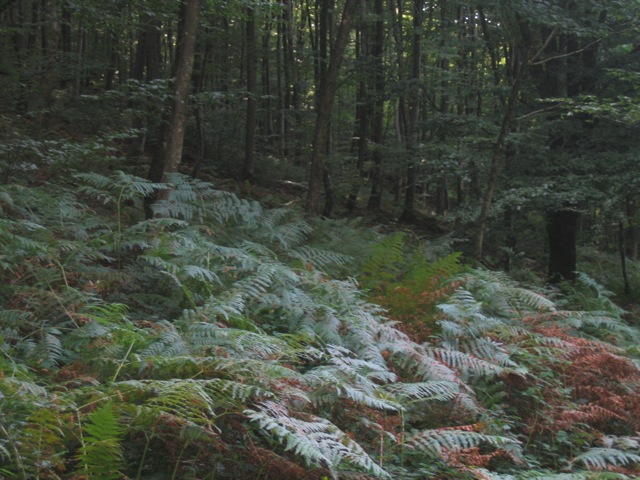Etobon: A True Account of Courage and Sacrifice
 The burial place of the Etobon martyrs
The burial place of the Etobon martyrs
Thirty-nine men of Etobon were lined up against a church wall and shot, ten by ten, on September 27, 1944, for daring to defy their Nazi occupiers.
Etobon: A True Account of Courage and Sacrifice is the story of a small village in eastern France whose people risked everything to resist the Germans during World War II. They rescued and sheltered escaped British Indian prisoners of war. They formed their own unit to fight the German army. When their actions were uncovered, the Germans executed almost all of the men of the village between the ages of 16 and 60. Their pastor, one of the leaders of the local resistance, was sent to the Nazi concentration camp at Buchenwald.
The village of Etobon is in one of the last regions of France to have been liberated at the end of the Second World War. The inhabitants who survived the massacre suffered bombardments, hunger and cold until the Germans were finally driven out in November 1944. The scars on the community are still visible. What happened at Etobon deserves a full telling. This tragedy continues to affect the lives of its people, as if it happened only a few years ago.

 Katherine Douglass
Katherine Douglass

